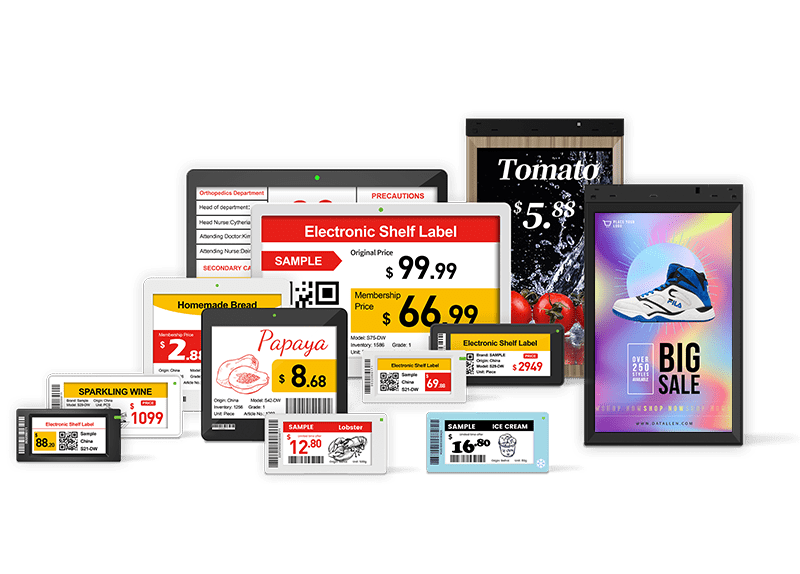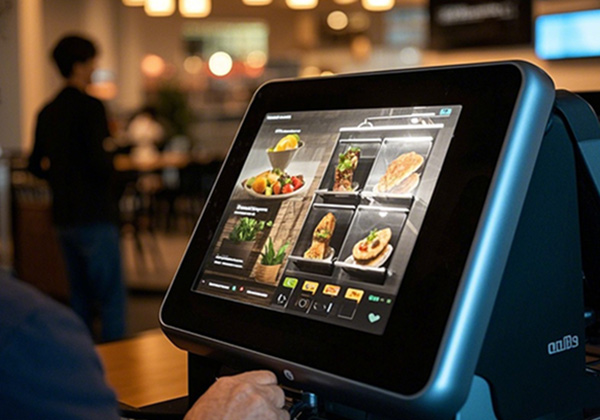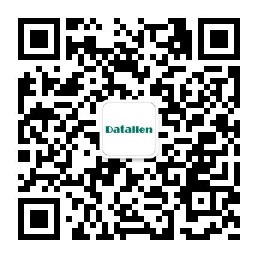The State of Public Transportation: Challenges at a Glance
Public transportation systems worldwide face mounting pressure from growing urban populations and increasingly complex logistics. Cities are struggling with issues such as overcrowding, inefficient data management, and delays in delivering accurate travel information. In particular, passengers rely heavily on real-time updates to manage their commutes—information on bus arrival times, unexpected delays, or sudden route changes.
However, many systems still rely on outdated technologies like static boards and manual announcements, resulting in delayed or inaccurate information dissemination. This means confusion, frustration, and sometimes even safety concerns for commuters. Moreover, integrating various data sources—from weather forecasts to traffic updates—remains a daunting task for many transit agencies.
The advent of digital signage screens and outdoor electronic signs has provided innovative solutions to these long-standing issues.
A New Era of Passenger Experience
Enter digital signage screens and outdoor electronic signs. These technologies offer a dynamic way to present real-time updates on bus arrivals, metro schedules, weather forecasts, and even alerts about unforeseen events. Imagine standing at a bus stop where an elegant digital display tells you exactly when your ride will arrive, all while providing useful tips about local attractions or safety reminders.
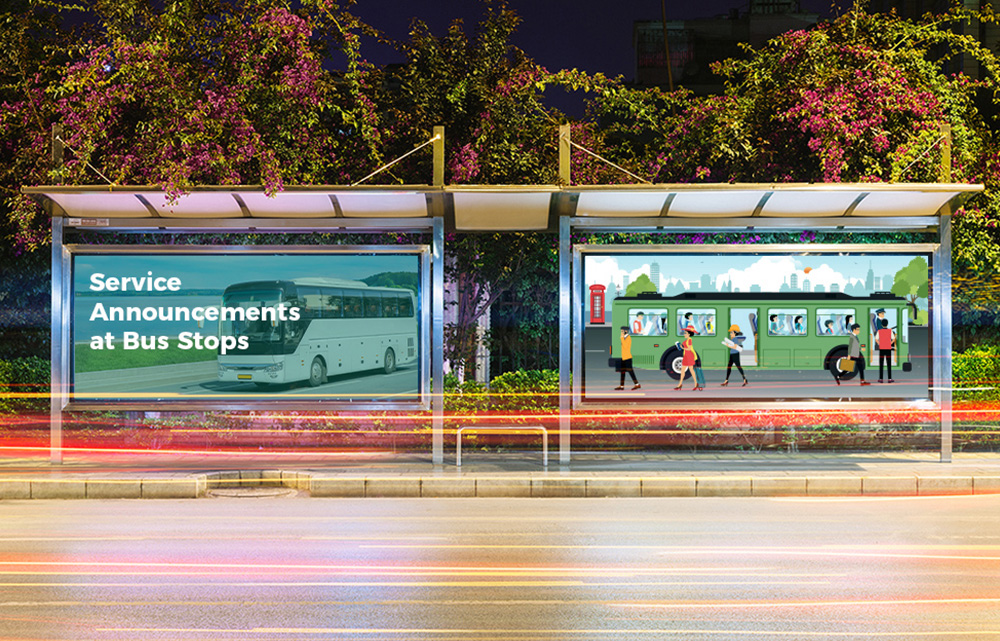
Bridging Gaps and Boosting Efficiency
For operators, the transition to digital signage means streamlining operations and cutting down on costs associated with frequent physical sign replacements. By consolidating multiple sources of information into one cohesive platform, transit authorities can ensure that the most relevant data reaches the right audience at the right moment.
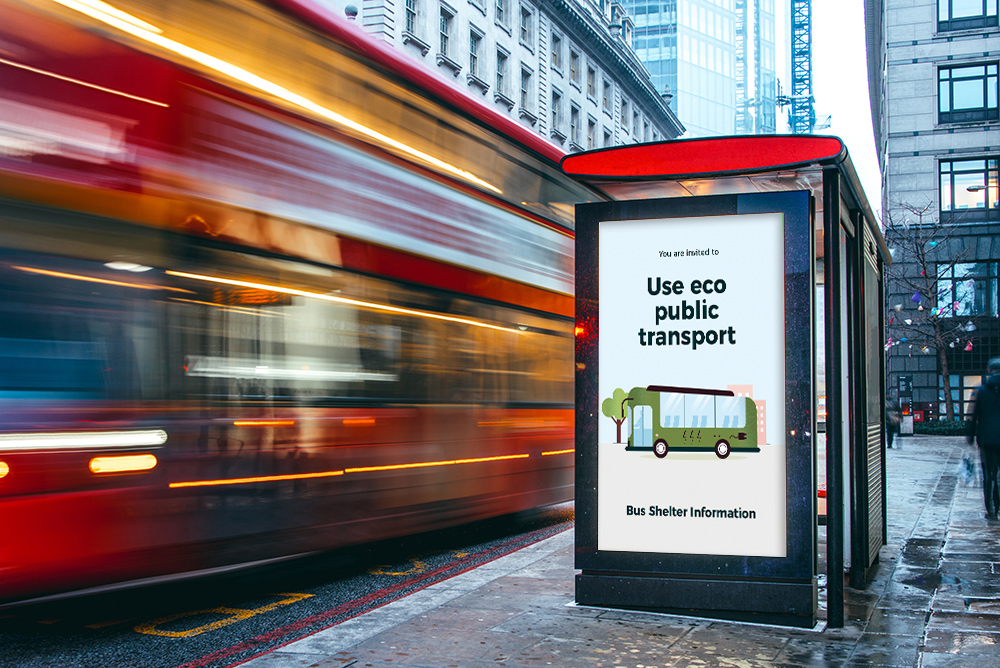
In stations and vehicles alike, electronic labels provide a flexible solution for displaying ticket prices, which can change dynamically based on time-of-day discounts or special promotions. Inside the carriage, digital screens serve as a conduit for essential messages, from safety instructions to live traffic updates, fostering a sense of trust and reliability.
Power Efficiency for Reliable Operation
One standout feature of ESLs is their ultra-low power consumption, making them ideal for areas with unreliable or limited access to electricity. Leveraging e-paper display technology, these devices can maintain clear, readable information without needing constant power, significantly reducing energy demands. This characteristic ensures that even during power fluctuations or outages, critical transport information remains visible and accessible to passengers.
In remote or rural settings where establishing comprehensive power grids may be costly or logistically challenging, the deployment of ESLs offers a viable alternative. They provide continuous service without the need for extensive infrastructure investment, thereby extending the reach of modern transit systems to underserved communities.
Enhancing Sustainability and Cost-Effectiveness
By opting for digital solutions over conventional printed materials, transport authorities can reduce waste and lower their carbon footprint. The long-term cost savings from decreased material usage and maintenance efforts further justify the investment in these advanced technologies. Moreover, the flexibility offered by digital displays allows for targeted messaging based on passenger needs, enhancing the overall travel experience while promoting sustainable practices.
In addition to operational efficiencies, digital signage screens present an exciting opportunity for transit operators to generate additional revenue through vehicle-mounted advertising. By equipping buses with exterior digital displays, public transport companies can offer premium advertising space to third parties. These screens can showcase dynamic ads that change according to time of day, location, or even specific events, providing advertisers with a powerful platform to reach targeted audiences.
For instance, during rush hours, ads might promote local businesses or services relevant to commuters, while off-peak times could feature community announcements or tourist attractions. This not only diversifies income streams for transit agencies but also enhances the value proposition for advertisers seeking high visibility in densely populated urban areas. Furthermore, integrating real-time data into these ads ensures they remain fresh and engaging, thereby maximizing their impact.

Datallen Case Studies: Pioneering Solutions in Action
Across the globe, forward-thinking municipalities have embraced this shift. In Boston, for instance, ESL tags have been deployed along commuter rail lines, offering clear visibility under various lighting conditions without draining power resources. Meanwhile, smart bus stops equipped with digital signage in Europe have transformed waiting areas into hubs of useful information and entertainment.
Within subway systems, ESL tags and digital displays have streamlined fare management and enhanced onboard communications, ensuring that passengers remain informed and engaged throughout their journey. Similarly, intelligent traffic guidance systems utilizing outdoor digital signage optimize flow and reduce bottlenecks, contributing to safer, smoother commutes.

the integration of ultra-low power ESLs and digital signage screens into urban transport systems addresses key operational challenges faced by many regions. It provides a resilient, efficient, and environmentally friendly approach to delivering vital information, ultimately contributing to the development of smarter, more inclusive cities. Through such innovations, we can ensure that no community is left behind in the march toward a connected and sustainable future.

